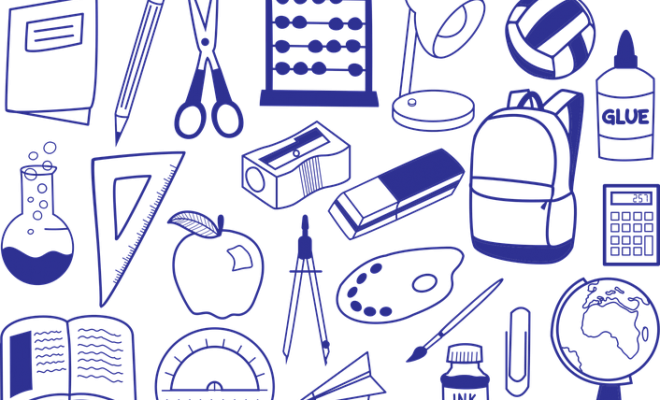Does our EdTech Obsession Get in the Way of Teaching and Learning?

Walk into a classroom today, and you are going to see more gadgets than ever before. Gone are the days when a fancy calculator impressed you and having a computer in the room was a big deal. These days most students have an iPad, a Chromebook, or some other piece of technology at their fingertips. There are thousands and thousands of educational apps that attempt to make learning more engaging. Virtual classrooms are no longer something talked about in theory; they are now used all across the globe.
But how much is too much? Do we have an EdTech problem, or is it a part of the solution to education?
Let’s examine the pros and cons and see if we can come out with a clear answer. First, the pros. The list of pros is lengthy. Educational technology provides students and teachers with resources that were once scarce. In years past, in order for a student to get a quality education, they would have to be lucky enough to have an incredible teacher. In order for a teacher to do the best job they could, they would have had to work in a district that allowed them access to professional development and quality resources. EdTech has taken the scarcity aspect of education and made it more than abundant. Information and technology is everywhere if a student or teacher tries to find it.
Along with creating better access, EdTech has made many parts of education more effective and efficient. Efficiency is the entire purpose of technology in the first place. It takes a task that once was difficult, and provides an easier way to do it. For a simple example, we can look to the calculator. A piece of EdTech that most probably take for granted at this point, but it’s technology all the same. Before the calculator came around, students would have to spend quality time working through arithmetic calculations. As students moved into a course like Algebra or Calculus, the mathematics was piled on top of the conceptual math being done as well.
When the calculator came into play, the arithmetic could be done in the pressing of a few buttons. Today’s calculators can compute numbers, graph functions, and create regressions from statistical data. With each new wave of calculator technology, its features have made the world of math more and more efficient for students.
The same can be said for every other piece of EdTech. Every time something new makes its way into the classroom, it should make processes faster and easier to understand.
On the other end of the spectrum, there are certainly some adverse consequences to too much EdTech. The more technology that makes its way into the classroom, the less the teacher can put their authentic touch on their work. Teachers have a craft for bringing subjects to life in ways that some technology can’t. If a classroom is too reliant on the latest app or gadget to lead the instruction, the experience will become far less personal. A teacher’s personality is an important part of any classroom, so if the technology is used, it’s important that it meshes with the authentic delivery of the teacher.
Another downfall of EdTech is that it can overwhelm both students and educators due to the quick change of pace from one thing to the next. Once a teacher integrates something into the classroom, it’s going to take a while for everyone to get used to how it works and what its purpose is. Over the course of a year or two, the teacher can work the kinks out and begin to master the EdTech product, but by then it’s probably obsolete. Along with a teacher’s struggle in keeping up with the new wave, students will have a hard time learning with abrupt change happening every few years. It’s hard enough to learn the content in the classroom, but with EdTech products that are always changing, a student can fall behind in a big way.
EdTech is probably more gift than a curse, but it certainly isn’t just one or the other. It has brought plenty of positive change classrooms across the globe and will continue to do so moving forward. What needs to be considered, though, is how to integrate technology while keeping an authentic classroom experience. If classrooms lose their warmth and environment of learning, the continuing surge of EdTech will all be for nothing.





